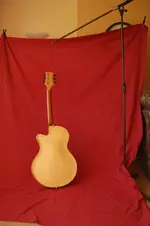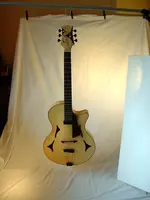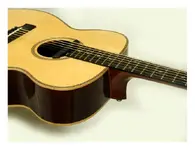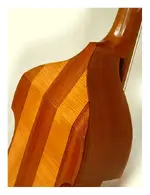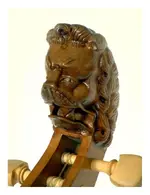Zaphod B
Raccoons-Be-Gone, Inc.
I know I was harassing Metalhead28 a few days ago about the photos he took of that very handsome hand-made guitar, but I have the same problems getting decent pictures of my guitars, which is one reason I haven't posted many of them.
As I think Muttley said, if you have too much direct light then the reflections off the finish screw up the camera metering, and without enough light you can't get any detail.
So I guess the answer is some kind of soft diffuse lighting from multiple sources.
I don't want to spend a fortune on specialized studio lighting but I'd love to rig up something that would help me obtain good shots.
Any ideas?
As I think Muttley said, if you have too much direct light then the reflections off the finish screw up the camera metering, and without enough light you can't get any detail.
So I guess the answer is some kind of soft diffuse lighting from multiple sources.
I don't want to spend a fortune on specialized studio lighting but I'd love to rig up something that would help me obtain good shots.
Any ideas?




